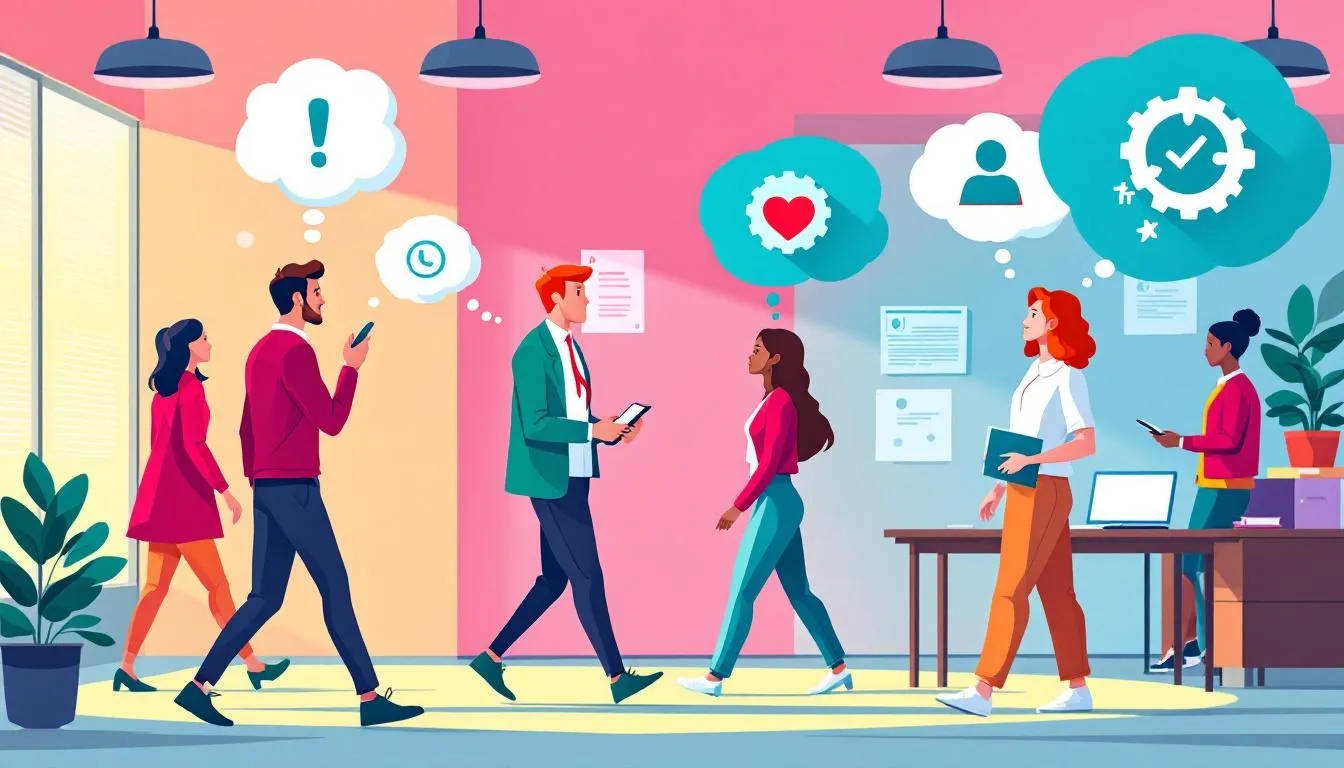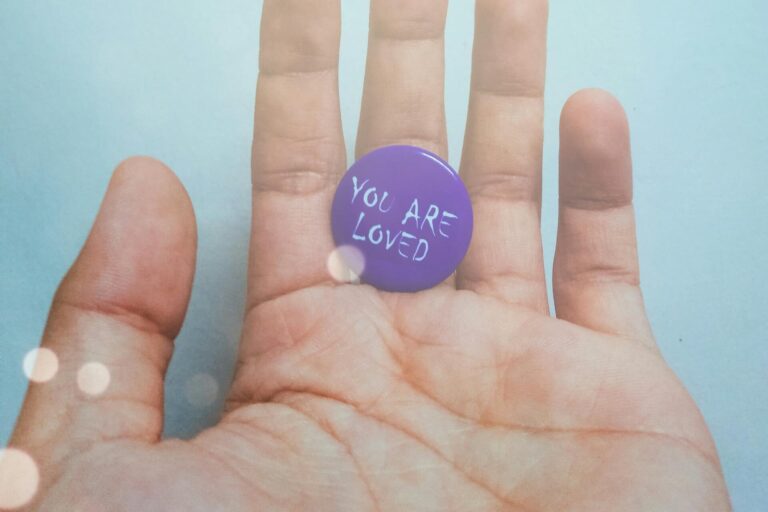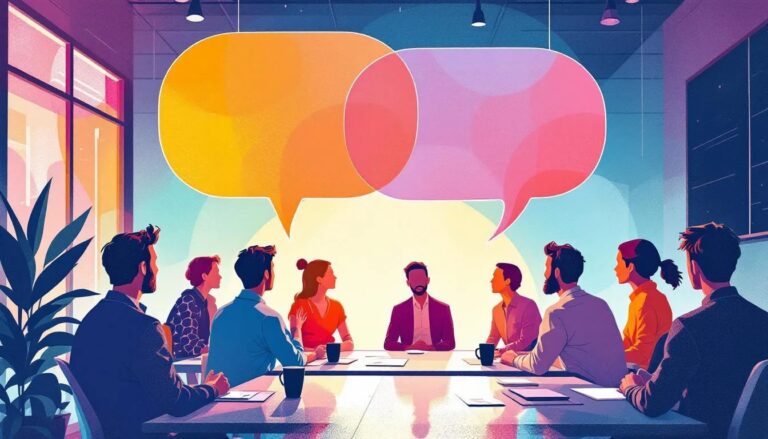Reading the Room – How Social Sensitivity Drives Team Performance
The Hidden Skill That Separates Great Teams
While Google’s researchers expected to find differences in intelligence or expertise between high and low-performing teams, they discovered something more subtle but equally powerful: the best teams were exceptionally good at reading emotions and nonverbal cues. This ability, called “average social sensitivity,” proved to be a critical ingredient in team success.
Teams with high social sensitivity could tell when someone was frustrated before they said anything, notice when a colleague was struggling with a concept, and pick up on enthusiasm or skepticism in ways that improved their collaboration. This wasn’t about being “touchy-feely” – it was about having the interpersonal intelligence to work together more effectively. It means, to be emotionally available, to listen with your right brain or inner ear to others. It requires team members to be present to themselves and others.
The researchers used a fascinating test to measure this capability: the “Reading the Mind in the Eyes” test, where people look at photos of eyes and identify what emotion the person is feeling. Team members who scored well on this individual test were more likely to be part of successful teams. But the real magic happened when teams collectively demonstrated high social sensitivity. The inner openness and shared consciousness rendered a whole that is vastly bigger than its parts
Why Emotional Intelligence Multiplies Team Performance
Social sensitivity serves multiple functions in team dynamics. First, it enables better communication. When team members can read nonverbal cues, they can adjust their communication style in real-time, clarify when someone seems confused, and sense when to push forward or slow down. It allows all parties to be present and available rather than “survive” the situation. When we feel internally safe and aligned with other we can unlock “Left Brain” potentials and move forward. Being in the present moment with ease unlocks incredible cognitive and emotional potentials for present and future.
Second, it prevents small issues from becoming big problems. Socially sensitive teams notice when someone is feeling left out, overwhelmed, or disagree with a direction. They can address these concerns before they fester into larger conflicts or disengagement. Imagine you drive a beautiful new car with all the “Bells and whistles” but there is an annoying rattling noise that spoils your ride. You then may up the music volume not to hear the Noise just to be uncomfortable with the high volume rather than attending to the “rattling noise” make sure all is well and now being able to concentrate on the road ahead with ease while may be having some new ideas coming to mind you couldn’t attend when the car needed your attention.
Third, it enhances psychological safety. When people feel truly seen and understood by their teammates, they’re more likely to take interpersonal risks. They trust that the group will respond appropriately to their contributions, whether positive feedback or constructive challenge.
The Collective Intelligence Connection
Individual intelligence matters, but collective intelligence requires social sensitivity. A team of brilliant individuals who can’t read each other’s emotional states will struggle to build on each other’s ideas, navigate disagreements constructively, or maintain motivation through challenges.
Consider the difference between Team A and Team B from the research. Team A was composed of high performers who were task-focused and efficient, but they missed emotional undercurrents. Team B seemed messier and less structured, but their ability to read and respond to each other’s emotional states allowed them to leverage everyone’s contributions more effectively.
This collective emotional intelligence becomes particularly important during stress, conflict, or uncertainty – exactly when teams need to perform at their best.
Developing Social Sensitivity in Teams
Unlike fixed personality traits, social sensitivity can be developed through practice and awareness. It starts with paying attention to nonverbal communication: facial expressions, body language, tone of voice, and energy levels. Team members can learn to notice these cues and check their interpretations.
Active listening skills are crucial. This means listening not just to words but to emotions, asking clarifying questions about feelings, and reflecting back what you’re hearing emotionally as well as intellectually.
Creating space for emotional expression also helps. When teams normalize talking about feelings – frustration with a process, excitement about an idea, concern about a deadline – they provide more emotional data for the group to read and respond to appropriately.
Beyond Individual Skills to Team Norms
The most socially sensitive teams create norms that support emotional awareness. They might start meetings with check-ins about how people are feeling, debrief not just what happened but how it felt, or establish signals for when someone needs support or space.
These teams also develop collective responses to emotional states. They know what to do when someone is frustrated, how to celebrate successes in ways that energize the group, and how to provide support during difficult periods.
The goal isn’t to become amateur therapists, but to develop the emotional intelligence necessary for high-performance collaboration.






